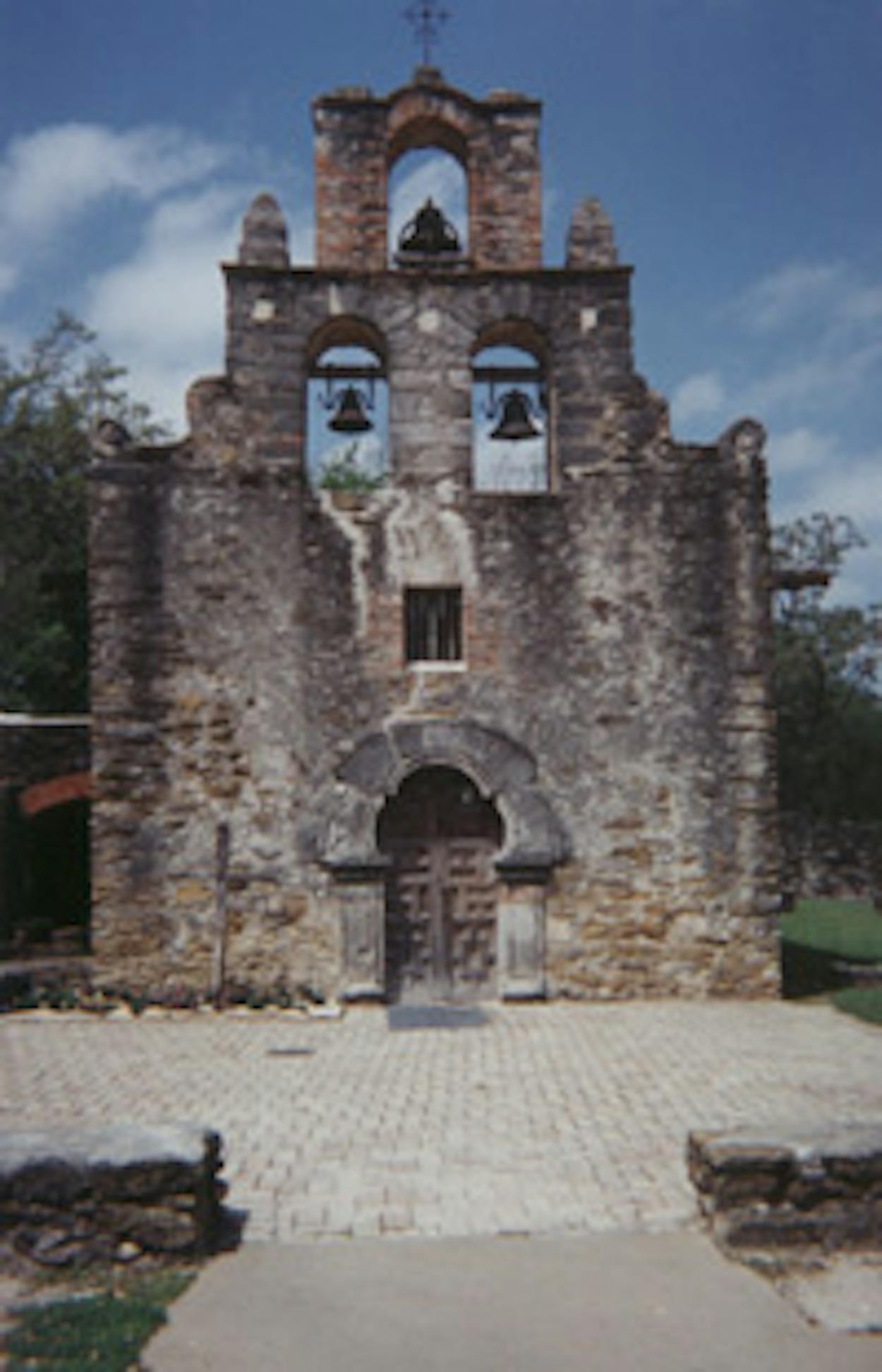I THINK SAN ANTONIO IS A BLAST. My husband, Kit, agrees. In fact, we like it so much that if we ever moved from Austin, San Antonio would be the one Texas city where we would like to go. Of course, moving isn’t in the cards, so we visit as often as we can. And on each trip, we find new things to see and do—naturally, we fit in something familiar too.
Our favorite place to stay is La Mansión del Rio Hotel on the charming Paseo del Rio, otherwise known as the River Walk. The hotel opened its doors in 1968—the same year as the Hemisfair, San Antonio’s 1968 World’s Fair—but the original building dates back to 1852, when it was a school. Obviously, the central location downtown provides a great jumping point for sightseeing. If you’ve never been to the River Walk, a great time to get your bearings is in the morning, before things get really hopping and the pathways get too crowded. There are plenty of shopping areas—including the Rivercenter and La Villita—in addition to cafes. The River Walk, while touristy for sure, really feels European; we have yet to find a comparable area where there are so many open-air dining choices.
No trip to San Antonio is complete without a stop at the Alamo, which is just a few blocks from the River Walk. Be prepared for tour buses and lots of cameras, but finding your way through the crowds is definitely worth it. Artifacts from the Battle of the Alamo—the symbol of Texas independence—are on view at a museum maintained by the Daughters of the Republic of Texas.
But the Alamo isn’t the only significant historical sight to see in San Antonio—the city is steeped in history. The King William Historic District is a neighborhood of just more than twenty blocks filled with beautifully restored homes that were originally built in the late 1800’s and early 1900’s. While the area is about five to ten minutes from the River Walk and downtown, a portion of it sits on the San Antonio River. The first house on King William Street offers maps for walking tours.
If you haven’t figured it out by now, we do a lot of walking when we are in San Antonio. It’s a great place to spend time outdoors, especially when the weather cooperates. In fact, on our most recent trip we decided to go see the missions—something we had never done before. You’ll need to drive the Mission Trail, but once you’re at each site, you’ll want to spend some time walking around the grounds. During the eighteenth century, New Spain (present-day Mexico) tried to extend its dominance northward by building Catholic missions, many of which were situated along the San Antonio River. The trail begins at the Alamo and continues south to four more missions: the Concepción, which was transferred from East Texas in 1731; the San José, where a beautiful church with its detailed Rose Window is the centerpiece of a huge complex; the San Juan, which, like the Concepción, was relocated from East Texas in 1731; and the Espada, which was built in 1690—the oldest of the East Texas missions that were moved to San Antonio. The San José is by far the most impressive as far as grandeur and size, but my favorite is the Espada. Inside the small chapel, which is light and airy, everything is simple and serene.
Afterward, Kit and I were starved and headed back downtown to the Market Square, an area set up like an authentic market in Mexico, for lunch at Mi Tierra Cafe and Bakery. This mainstay is usually packed, but the wait is never long and the Tex-Mex hits the spot. The outdoor courtyard is always lively with live music, shops, and plenty of tourists.
The thought of air conditioning sounded good, so we went to the McNay Art Museum, another first for us. The museum, which opened in 1954, was the generous gift of Marion Koogler McNay, who left her art, residence, and the 23 surrounding acres. We couldn’t decide which we liked the best: the Spanish-Colonial Revival-style mansion that makes up the core of the museum or the collection of nineteenth- and twentieth-century European and American paintings on display. Works by Cézanne, Matisse, O’Keeffe, Picasso, and Gauguin adorn the walls. The manicured grounds, including the Japanese-inspired garden with a fishpond, provide the perfect setting to take it all in. We felt tucked away from the hustle and bustle of the city. Eventually, we had to get back on the road. We stopped at the Quarry, an area filled with retail shops and restaurants, near swanky Alamo Heights before heading back to Austin. On the way home, I thought about what we could do next time.







